
TSI World Sulphur Symposium 2023
The Sulphur Institute (TSI) held its World Sulphur Symposium in Edinburgh from April 25th to 27th.

The Sulphur Institute (TSI) held its World Sulphur Symposium in Edinburgh from April 25th to 27th.
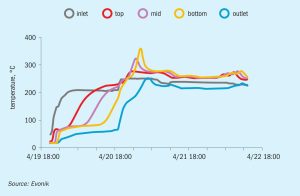
Evonik explores the development of catalyst reuse and how recycled hydroprocessing catalysts can be successfully applied in tail gas treating units to deliver cost and performance gains.
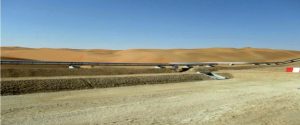
ADNOC Sour Gas highlights the best practices implemented in the newly commissioned liquid sulphur pipeline.

Incorporating sulphur into polymers is known to improve their properties. New research is looking into the varied world of sulphur co-polymers, unlocking new materials for batteries, structural applications and clean technology.
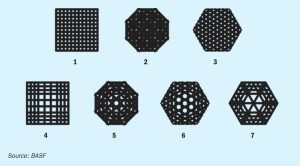
BASF is challenging traditional catalyst shapes and performance relationships using 3D-printing technology and is using sulphuric acid catalysts as the pilot to pioneer new ground.
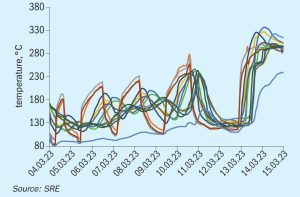
Sulfur Recovery Engineering shares the lessons learned from an emergency shutdown of an MCRC sulphur recovery unit in the middle of a cold Canadian winter.
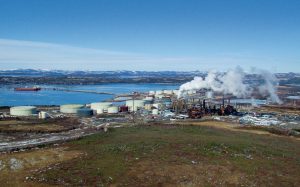
Liquid fuels will be with us for decades to come, but refiners will be pushed to decarbonise their activities, via greater use of biofuels, and green/blue hydrogen use.
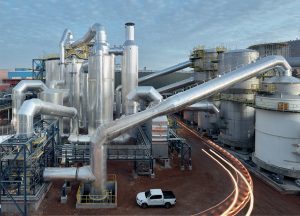
The sulphuric acid process is virtually carbon free and, as such, it is important to consider the energy requirements of the associated industrial complex before deciding upon what form the energy should be exported from the acid plant. In this article, Stefan Braeuner, Stefan Mohsler and Anne Mohsler of Metso Outotec use case studies to exemplify the need to fully analyse the local conditions at site before a decision is taken on a specific flowsheet.

Lithium sulphur batteries have many advantages over conventional lithium ion batteries in terms of energy density, and they also avoid the use of costly cobalt, but they deteriorate rapidly and cannot be recharged as frequently. However, recent advances in Li-S batteries could overcome this problem and lead to widespread adoption.
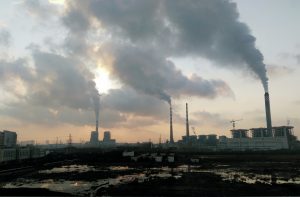
Most processes involving sulphur, from smelting to refining, produce sulphur dioxide as a by-product. Regulations continue to tighten on industrial SO2 emissions worldwide, leading to greater recovery of sulphur and sulphuric acid at these sites.